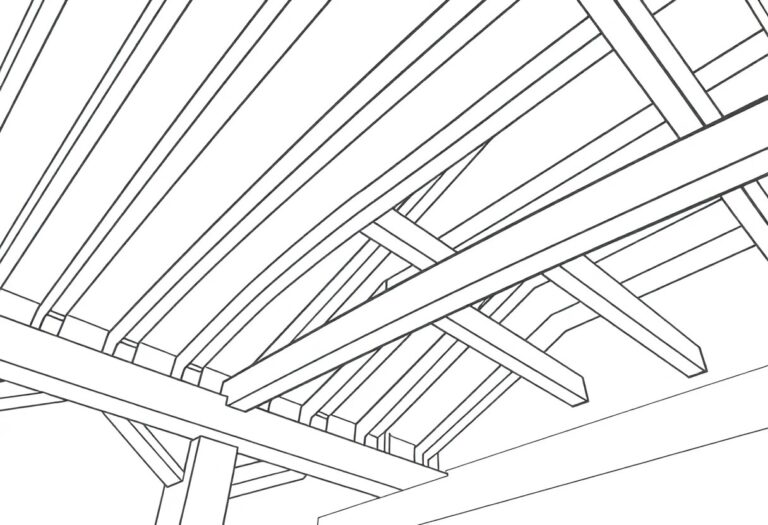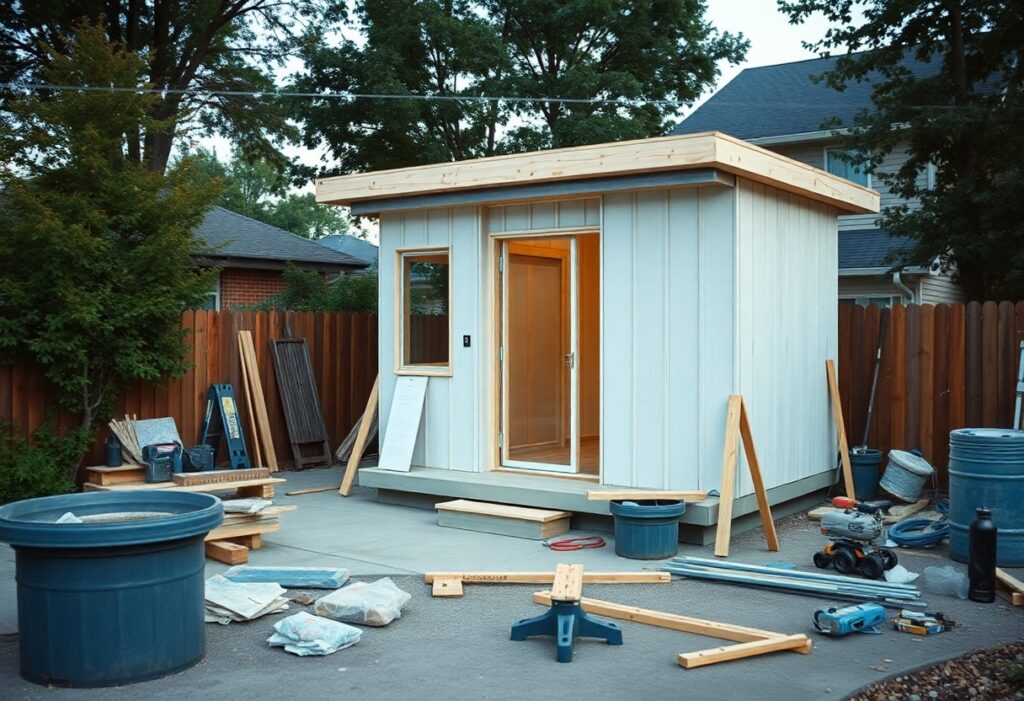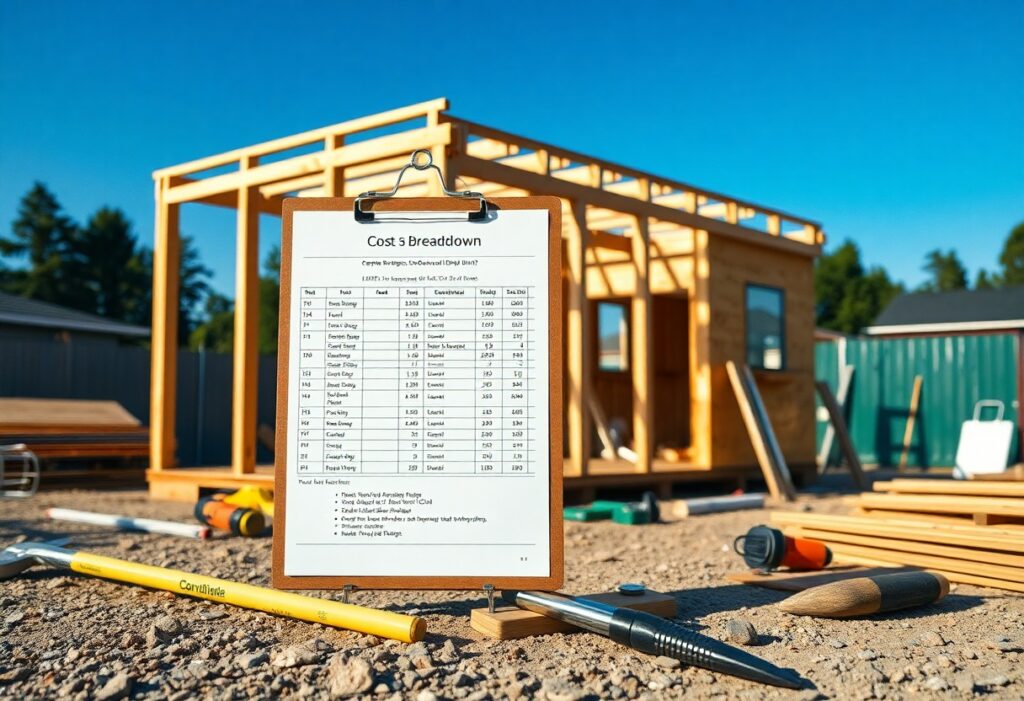There’s no denying that wide ceiling joists can significantly enhance the safety and stability of your building’s structure. These joists not only provide better load distribution but also allow for easier installation of fixtures or insulation. When working with your ceiling, it’s vital to choose the right materials and dimensions to ensure optimal performance. Utilizing wide ceiling joists can prevent potential issues such as sagging ceilings or structural failures. By understanding their benefits, you can make informed decisions in your renovation or construction projects.
Key Takeaways:
- Increased Stability: Wide ceiling joists offer enhanced structural support, helping to distribute weight evenly and reduce sagging.
- Improved Insulation: The wider design provides better spacing for insulation materials, leading to improved energy efficiency in homes.
- Versatile Design Options: These joists allow for more flexibility in architectural design, enabling open spaces without compromising strength.
1. Wider joists increase load-bearing capacity significantly.
2. Enhances overall structural strength and stability.
3. Provides better support for heavy ceiling finishes.
4. Can reduce the number of joists needed.
5. Offers improved insulation options for quieter spaces.
6. Facilitates easier installation of lighting fixtures.
Understanding Wide Ceiling Joists
The importance of wide ceiling joists cannot be overstated when it comes to ensuring structural integrity and proper load distribution in your home. If you have a Ceiling joist question, it’s crucial to understand how these components function in less typical constructions. Wide ceiling joists provide ample support for the weight of the ceiling, helping to avoid sagging and promoting flat surface finishes.
Definition and Purpose
By definition, wide ceiling joists are horizontal structural members that span the distance between walls or beams, supporting the ceiling and sometimes the floor above. These joists are designed to bear significant loads and maintain the overall stability of the structure.
Advantages of Wide Ceiling Joists
One of the primary benefits of using wide ceiling joists is their ability to support heavier loads compared to standard joists. This means you can safely add additional features like lighting fixtures or insulation without compromising the ceiling’s structural integrity.
Plus, wide ceiling joists can enhance your home’s overall energy efficiency by providing better support for insulation, which leads to lower energy costs over time. Additionally, their design can help reduce the risk of ceiling sagging and cracking, ensuring your living spaces remain visually appealing and safe. With less deflection and more stability, wide ceiling joists contribute to fewer repairs and a longer-lasting home structure.
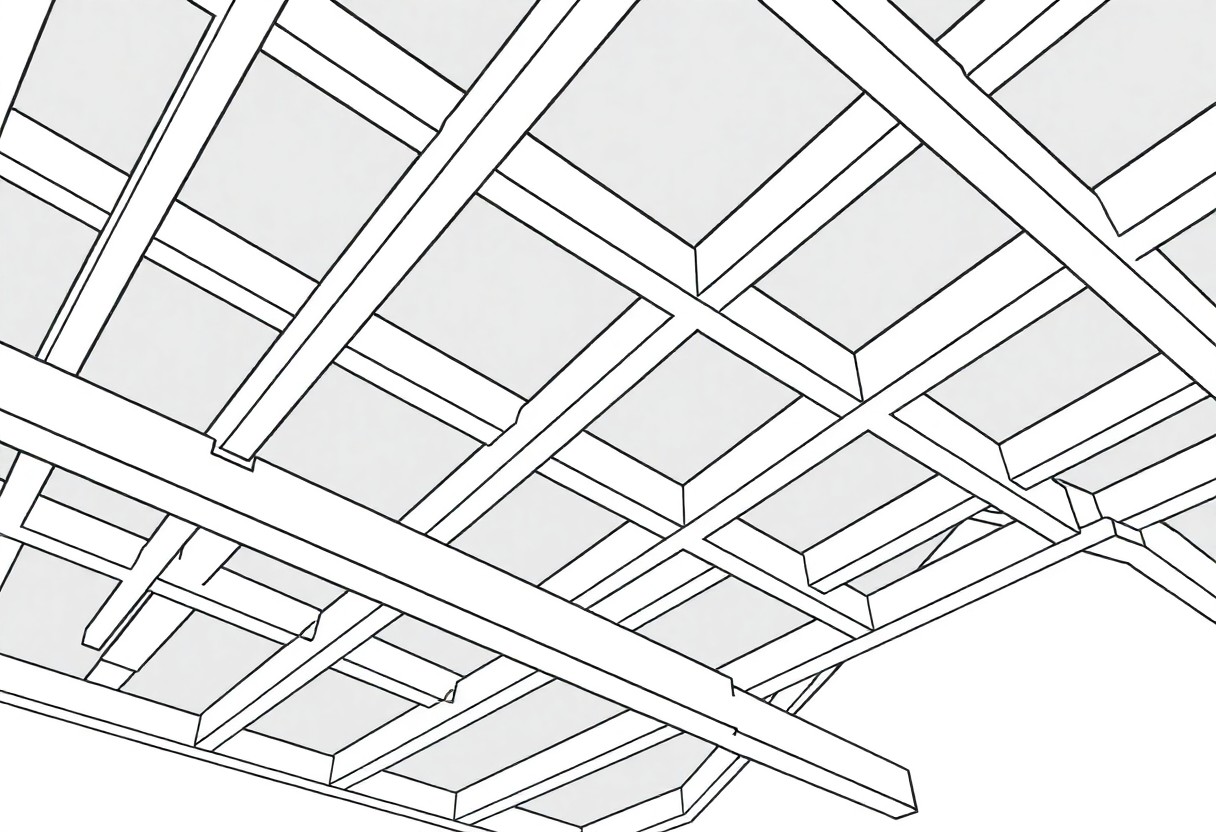
Types of Wide Ceiling Joists
Some of the most common types of wide ceiling joists include:
| Wooden Joists | Made from solid wood, offering good strength. |
| Steel Joists | Provide excellent durability and resistance to pests. |
| Engineered Wood Joists | Created from laminated wood, offering superior load-bearing capacity. |
| Composite Joists | Blend of wood and steel, maximizing benefits of both materials. |
| Open-Web Joists | Facilitates ease of running plumbing and electrical systems. |
Any choice you make impacts the overall structure and aesthetic of your space.
Materials Used
Along with conventional options, you can consider alternatives for your wide ceiling joists. The materials range from traditional wood to more advanced composites. Each material has its own set of characteristics that can suit different architectural needs and budgets.
Design Variations
With various design variations, you have the flexibility to achieve the look and functionality you desire for your home. Some designs feature traditional framing, while others utilize innovative engineering techniques.
Hence, you’ll find that the design variations not only enhance your home’s aesthetics but also accommodate specific structural demands. You can opt for designs that include open-web configurations, which facilitate easier *routing of utilities*, or classic solid framing for a more traditional look. Each variation offers different strengths, making it vital to choose one that aligns with your overall architectural vision and minimizes potential structural risks.
Installation Guidelines
Now that you have selected your wide ceiling joists, it’s important to follow installation guidelines to ensure stability. For tips on how to prevent sagging ceilings when joists are spaced 24, focus on proper spacing and securing methods that align with local building codes.
Preparation and Planning
By assessing your space, you can effectively plan how to install your wide ceiling joists. Gather all necessary materials and tools, ensuring they meet the specifications for your project’s design and weight requirements. A comprehensive plan will set the groundwork for a successful installation.
Step-by-Step Installation Process
Against the backdrop of planning, here’s a simplified tabular view to guide you through the installation process:
| 1. Measure the area | Carefully calculate dimensions and mark where joists will be placed. |
| 2. Cut the joists | Using a saw, cut your joists to the required lengths. |
| 3. Secure the joists | Attach the joists using strong brackets or screws. |
| 4. Level the joists | Ensure each joist is level for an even ceiling. |
| 5. Install blocking | Place blocking between joists for additional support. |
StepbyStep, as you follow the installation process, ensure that each step is executed carefully to avoid potential hazards. Cutting and securing heavy joists can pose risks, so utilize safety gear and proper techniques. Overlooking the details can lead to an unstable structure, which can compromise safety. Maintain attention to leveling and securing joists to achieve the desired strength and aesthetic for your ceiling.
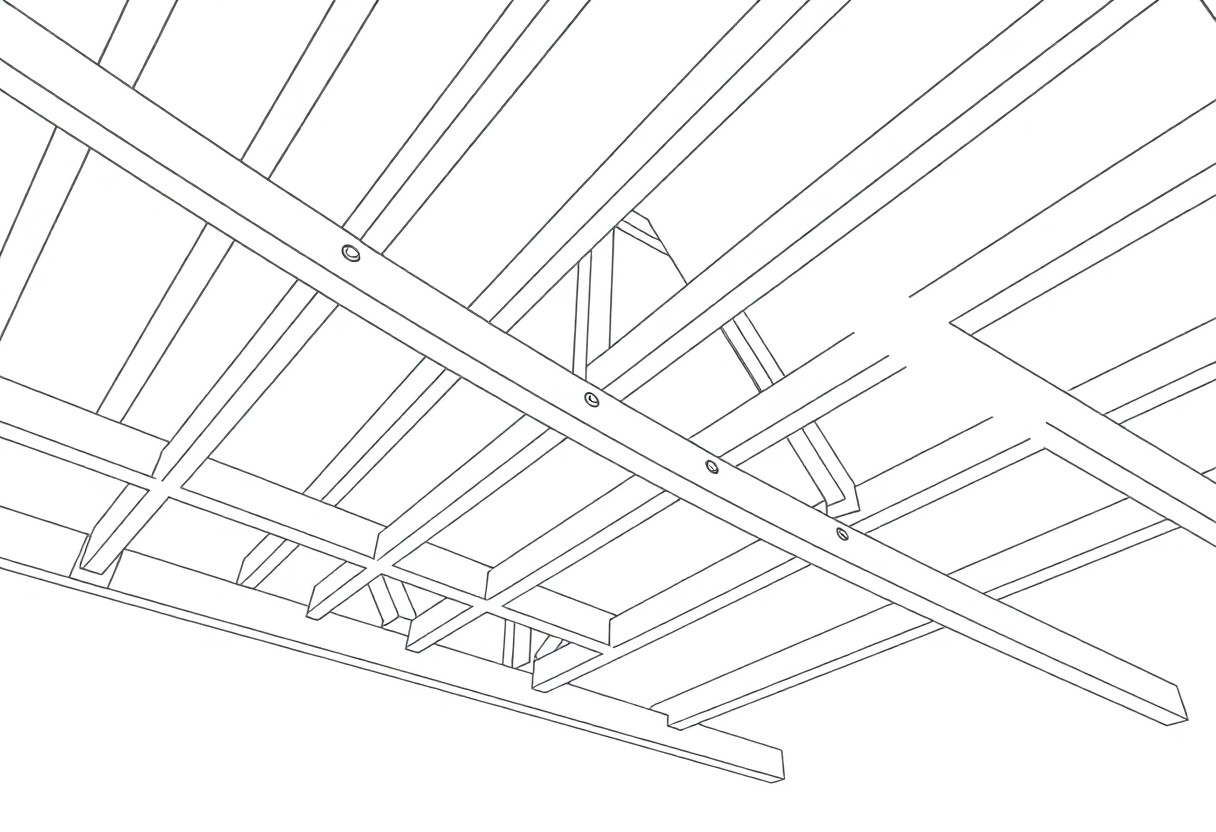
Common Mistakes to Avoid
Now that you’re aware of wide ceiling joists, it’s important to avoid common mistakes to ensure your project is successful. Many homeowners tend to overlook proper methods, resulting in structural issues that can cost time and money. By being mindful of these pitfalls, you can proceed confidently in your project.
Measurement Errors
Errors in measurement can lead to significant problems down the line. When you miscalculate the length or spacing of your joists, it can create an unstable structure and affect the overall integrity of your ceiling. Take your time with measurements to prevent costly adjustments later.
Inappropriate Spacing Techniques
Along with measuring errors, inappropriate spacing techniques can be detrimental to your ceiling joists. If you place your joists too far apart or too close together, you risk compromising load distribution and leading to potential collapse. This can also cause issues with insulation and soundproofing if not properly executed.
Indeed, spacing your joists correctly is imperative for optimal performance. You should follow the recommended spacing guidelines based on the size and type of your joists. Too much space can lead to sagging, while too little space can hinder airflow and insulation efficiency. Prioritize both structural stability and functional performance by carefully considering your spacing techniques during the installation process.
Maintenance Tips
Keep your wide ceiling joists in top condition by following these maintenance tips:
- Regularly check for any signs of moisture or water damage.
- Ensure the joists are free from pests and infestations.
- Keep your attic properly ventilated to prevent mold growth.
- Inspect for any cracks or deformities in the wood.
The maintenance of your ceiling joists is imperative to ensure the longevity of your home.
Regular Inspections
For optimal performance, conduct regular inspections of your ceiling joists. Look for signs of sagging, cracks, or any discoloration that may indicate water damage. Staying proactive about these checks will help you identify potential issues before they escalate.
Repairing Common Issues
Against minor damages, you can often perform simple repairs on your wide ceiling joists. If you spot cracks or splits, fill them with wood filler or glue, ensuring a secure bond. For significant sagging, you may need to add temporary supports or consult a professional for assistance.
A thorough understanding of repairing common issues will empower you to maintain the integrity of your wide ceiling joists. If you allow any moisture or pest damage to persist, it can lead to serious structural problems. Keep a close eye on any signs of weakening, and act swiftly to correct these issues. By doing so, you not only ensure the safety of your home but also enjoy the positive aesthetic appeal of your ceilings.
Frequently Asked Questions
Many homeowners have questions about wide ceiling joists, particularly concerning their structures, durability, and installation process. It’s necessary to understand how these joists can impact your home’s overall design and support system. This section will cover common inquiries and shed light on the key benefits of choosing wide ceiling joists for your project.
Cost Considerations
Beside the initial material costs, you should account for potential labor expenses when installing wide ceiling joists. While these joists can be more expensive upfront, their benefits in terms of stability and aesthetic appeal can make them a worthwhile investment in the long run.
Best Practices for Homeowners
The use of wide ceiling joists can significantly enhance your home’s structural integrity and aesthetic appearance. Before installation, it’s advisable to consult with a structural engineer to evaluate your specific needs and ensure you select the right materials. Ensure that adequate support is provided with properly spaced and sized joists for optimal weight distribution, especially if you plan heavy decorations or fixtures.
But taking these steps can offer you peace of mind regarding safety and durability. Always choose high-quality materials to ensure long-lasting performance. Additionally, if you’re considering alterations to existing structures, consider hiring a professional to conduct a thorough assessment. This approach not only protects your investment but also ensures that your home remains safe and inviting for years to come.
To wrap up
Presently, wide ceiling joists are an vital aspect of building stability and design that can significantly enhance your home’s structural integrity and aesthetic appeal. By opting for wider joists, you can reduce the risk of sagging and create more design possibilities, all while increasing the value of your property. When planning your renovations or construction, make sure to consider the benefits of wide ceiling joists for both functionality and style, ensuring your space remains comfortable and visually pleasing for years to come.
Q: What are wide ceiling joists and why are they beneficial?
A: Wide ceiling joists are structural components that support ceilings and are designed with a greater width than standard joists. This design provides enhanced stability and support for the ceiling above, which can help to reduce sagging over time. Additionally, wide joists can distribute weight more evenly, making them ideal for installing heavy light fixtures or other overhead materials. Their increased surface area also allows for better insulation, contributing to improved energy efficiency in a home.
Q: How do I install wide ceiling joists correctly?
A: Installing wide ceiling joists requires careful planning and precise measurements. Begin by determining the appropriate spacing for your joists based on the load requirements and the span of the area they will support. Typically, joists are spaced either 16 or 24 inches apart. Utilize appropriate fasteners and ensure that the joists are level during installation to create a solid, even ceiling. It is also wise to consult local building codes or a professional contractor to ensure compliance and safety throughout the installation process.
Q: Can I retrofit my home with wide ceiling joists?
A: Yes, retrofitting your home with wide ceiling joists is possible, though it may involve significant structural modifications. This process typically includes removing existing joists and replacing them with wider ones while ensuring that the load-bearing walls and other supports are adequately reinforced. It is advisable to consult with a structural engineer or a qualified contractor before beginning any retrofitting project. They can help assess the current structure and provide guidance on the best approach to ensure stability and safety in your home.

